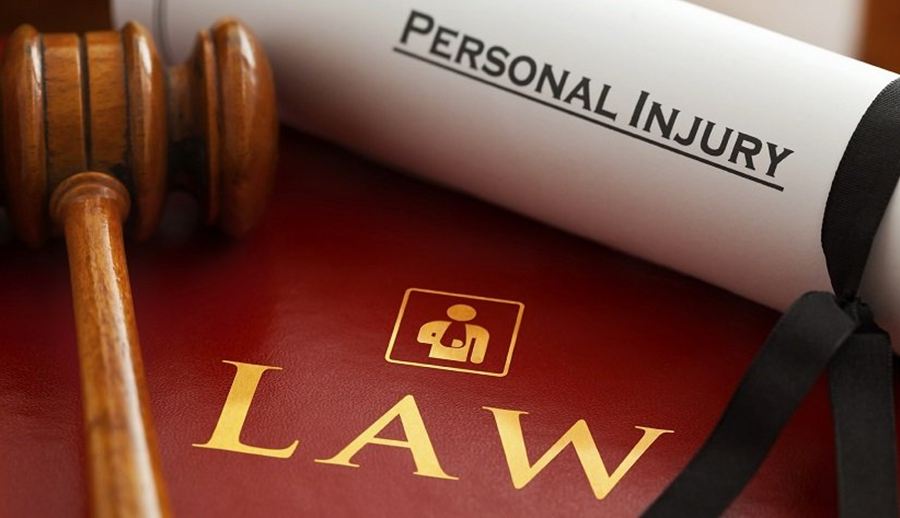While we are aware that every personal injury case is different, there’s still room to apply a fair deal of nuance to each personal injury case. Personal injury cases generally follow an established pattern. As lawyers, who have been through several personal injury lawsuits and personal injury lawsuit settlements, we can certainly outline the basic pattern of a typical personal injury case. If you have recently been at the receiving end of an accident that was caused due to gross negligence, this outline of a typical personal injury case can help you prepare for what’s in store for you.
The Consultation
You need quality legal representation to improve your chances of getting a fair compensation for the injury you have suffered. The first step of acquiring this representation is through a round of consultation. During this consultation, a legal professional studies your account of the case, the details surrounding your injury, and also takes into account the nature and the scale of the injury you have suffered. You are presented with the possible courses of action that you can consider.
The Filling
After you have determined the course of action, the usual next step is filing a personal injury lawsuit. Your lawyer helps you with the requisite documents and the filing of an official complaint, which clearly states the nature of your accident and the injuries that it led to. You also convey the nature of damages that you seek from the defendant or the entity responsible for your injury.
The Discovery
The lawyers from both sides line up the evidence they have in order for the opposite party to view. The two parties also contemplate mediation or arbitration depending on the case specifics. The two competing parties then typically proceed to schedule examinations (and cross-examinations) of the opposing party and the witnesses they present. The parties then adjudge the evidence they will be allowed to present at the trial.
The Settlement vs. the Trial
As the date of the trial approaches, the two parties then begin to consider the possibility of a personal injury lawsuit settlement through the popular alternative dispute resolution methods. Mediation is a worthy choice since a neutral party of prominence is called on to evaluate the case. If none of the common settlement measures work, then the case proceeds to the trial as scheduled. The verdict laid out by the trial isn’t permanently binding per se. The verdict can be challenged and moved to a higher court.
The outline we have presented you with is by no means comprehensive in nature. That is because each legal battle has several layers associated with it that have the capacity to alter the course of the legal proceedings. If you need strong legal representation for a personal injury lawsuit, contact us to get started. It’s essential to hire the right personal injury lawyer, ask critical questions, get started!

